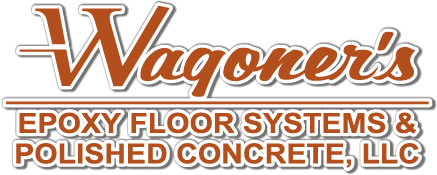Frequently Asked Questions
Polyaspartic and epoxy floors provide several advantages over traditional flooring options. Some key benefits include:
- Temperature resistance: Polyaspartic and epoxy floors can withstand a wide temperature range, from -30°F to +140°F.
- Fast curing(24-48hrs): Polyaspartic(24hrs) coatings cure much faster than epoxy(48hrs), reducing downtime during installation.
- UV resistance: Polyaspartic and epoxy floors are UV-resistant, meaning they do not yellow, fade, or peel when exposed to sunlight.
- Stain resistance: The protective layer of these floors resists stains and is easy to clean.
- Durability: Polyaspartic and epoxy floors are known for their toughness and durability.
- Flexibility: While drying hard, these coatings still maintain some flexibility.
- Chemical resistance: They exhibit resistance to various chemicals, making them suitable for industrial and commercial settings.
The installation time for polyaspartic or epoxy floors can vary depending on several factors, such as the size of the area, the condition of the substrate, and the complexity of the project. However, one of the advantages of polyaspartic and epoxy coatings is their fast curing time. For smaller projects with a quick turnaround, such as garage floors and countertops, polyaspartic coatings are especially suitable.
Polyaspartic and epoxy floors can be installed over existing concrete surfaces. However, proper surface preparation is crucial to ensure adhesion. The concrete surface should be cleaned, free of contaminants, and slightly porous to allow the coatings to adhere properly.
Polyaspartic and epoxy floors are relatively low-maintenance. Regular cleaning with mild soap and water or a neutral pH cleaner is usually sufficient to keep them in good condition. It is important to avoid using abrasive cleaners or harsh chemicals that could damage the coating.
Yes, both polyaspartic and epoxy floors are resistant to stains and chemicals. Their protective layer acts as a barrier against various substances, making them suitable for environments where spills or chemical exposure may occur.
Yes, polyaspartic and epoxy floors are versatile and can be used in both residential and commercial settings. They are commonly applied in garages, basements, warehouses, retail stores, industrial facilities, and more.
Polyaspartic and epoxy floors are known for their durability and can withstand heavy and continuous traffic. They are often used in high-traffic areas such as industrial facilities, commercial buildings, and warehouses.
Polyaspartic and epoxy floors are generally more durable than polished concrete floors. While polished concrete offers a sleek and visually appealing surface, it may be more susceptible to wear, staining, and damage compared to polyaspartic and epoxy coatings. The protective layer of polyaspartic and epoxy floors provides enhanced resistance to abrasion, chemicals, and impact.
The cost of installing polyaspartic or epoxy floors can vary depending on factors such as the size of the area, the condition of the substrate, and the complexity of the project. Generally, the cost of polyaspartic or epoxy floors is comparable to or slightly higher than polished concrete floors.
Yes, both polyaspartic and epoxy floors can be customized with different colors, finishes, and decorative effects. These coatings offer a wide range of options for customization, allowing you to achieve the desired aesthetic for your space.
